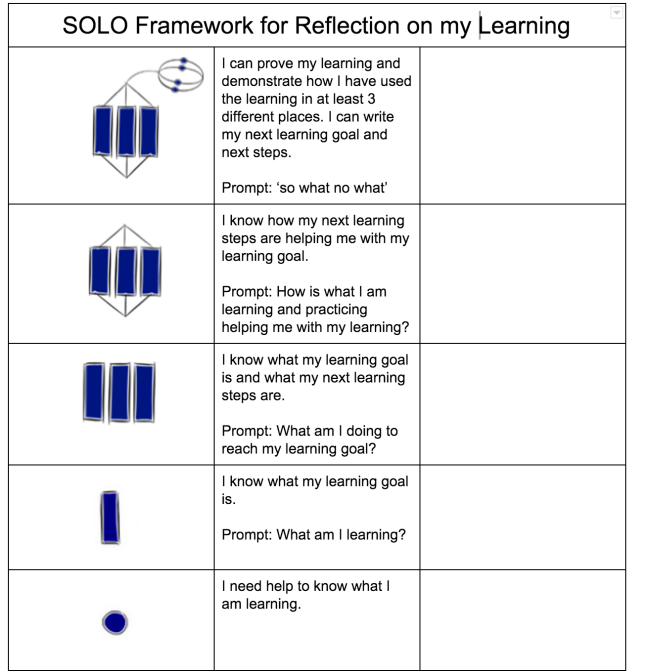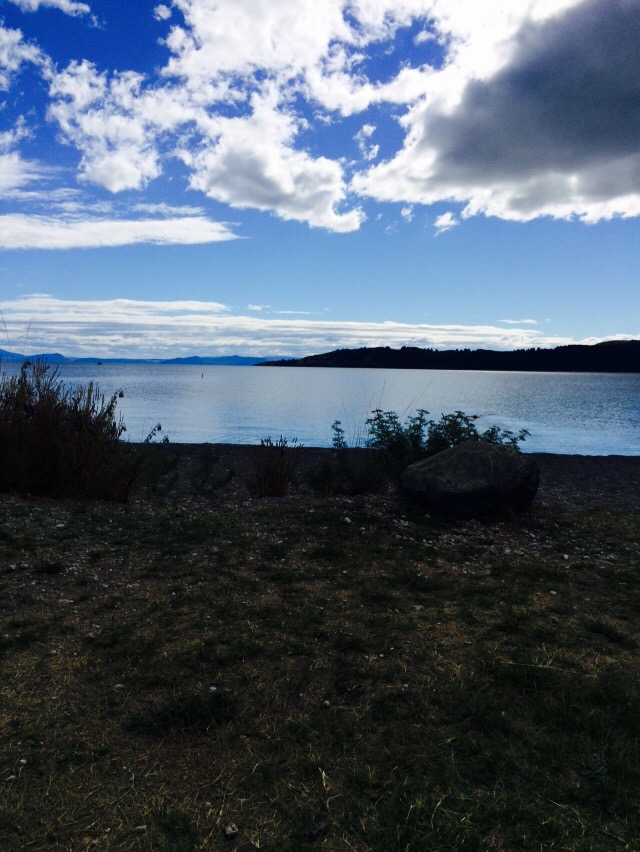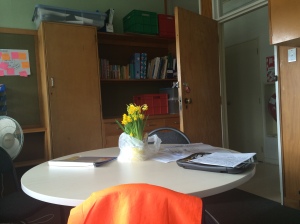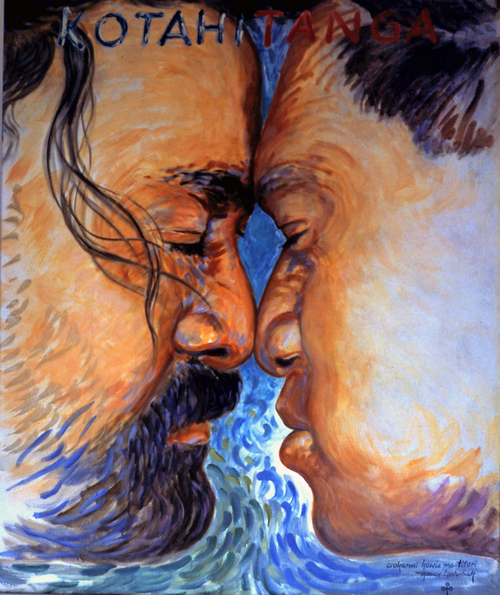More reflection on my 2015 professional inquiry
At one point this year our teachers felt like they were in the pit and were struggling with some of our student’s not managing themselves in this environment. As a team we thought that it would be time to define the different types of learners we had in our collaborative team. We decided we had three types and lined this up with the SOLO framework. The teachers also had discussions with the students and students identified where they belonged. Within this SOLO framework
Multi structural – Managed Learners
Relational – Self Managed Learners
Extended Abstract – Self Directed Learners.
The three are distinctively different and require a level of skill to work within. These skills need to be taught, modelled and practiced daily for them to become part of a daily routine. This is a work in progress.
The teachers identified our managed group as having all our target students and also complained that these students were disrupting the class by being noisy, off task, disorganised and often destructive of a breakout space we had available to the students.
I had a discussion with these students – In a summary the target/managed students thought it was the rest of the class that was disrupting their learning by being noisy and off task, they wanted quiet spaces to go to and they wanted their teacher to be available more for them to talk to, they made reference to their teachers time always being taken up with the others students who were being, in their words, ‘naughty’. They also thought that they would be more comfortable with the teacher telling them what to do instead of having to write their own timetable. This surprised all of us and immediately things were put in place to support these learners – a managed timetable was created and time each morning was given to them to explain what the timetable was for the day and also gave them a chance to make decisions about their day with their teachers support. The teachers also ensure these students are listened to more consistently and were given them positive specific praise, praising them for the behaviours the students identified they needed to work on. When they get distracted they are to do what our group Expert, Harry, said he does
‘Ignore and focus on what I am Doing’
So even though we are aiming for student agency for our learners we know this will be at different levels for all of them.




